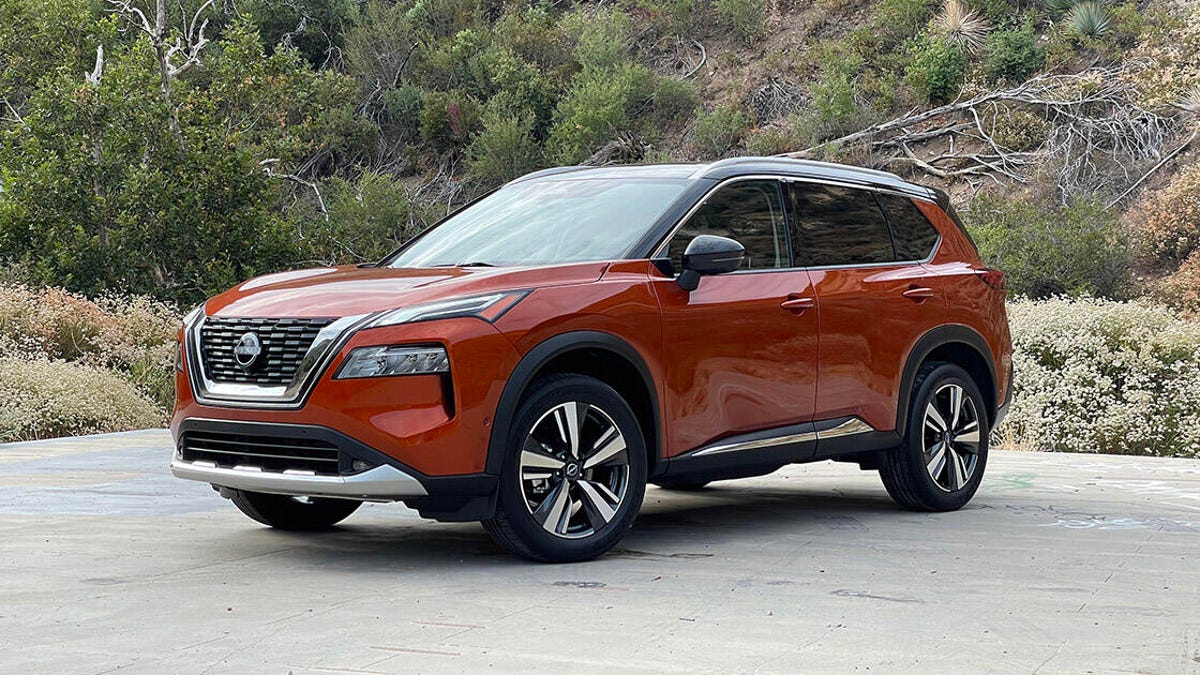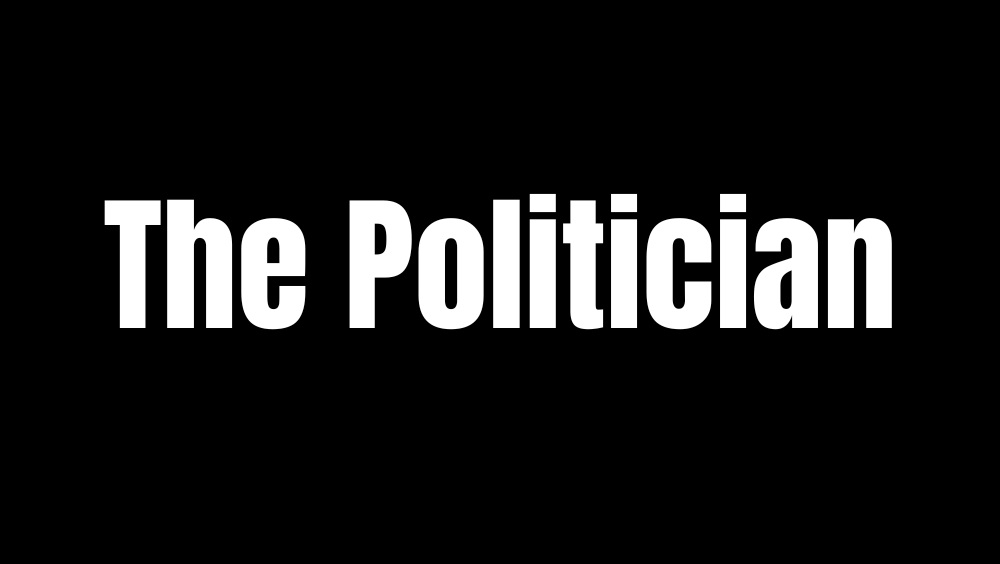Was Trump’s big H1B announcement just another big talk to appease the MAGA fanbase? Read how it went through climbdowns and clarifications
On 19th September (local time), President of the United States, Donald Trump, signed a proclamation titled Restriction on Entry of Certain Non-immigrant Workers which sent shockwaves immediately. The new rule requires a US $1,00,000 payment on new H-1B visa petitions submitted by aliens outside the US. The order came into force on 21st September 2025 at 12:01 AM EDT. The justification offered was two-fold. First, it was said that the rule was brought to curb abuses of the H-1B system, and second, to protect American workers from being undercut by lower-paid foreign labour. However, the proclamation’s wording left several doorways to confusion and questions. Would the new fee apply only to new applicants or also to existing visa holders? Would travel or re-entry be affected? And what about renewals or change of employer petitions? Uncertainty spread quickly among tech companies, foreign nationals, and immigration attorneys. The effect was immediate. As there was very little time between the signing of the proclamation and the time when the rule came into force, companies asked employees planning to travel to postpone their plans, those who were already out of the country to come back immediately within 24 hours, and more such instructions followed. Reports suggest that those who had boarded planes deboarded following the proclamation reports going viral to avoid any problems in re-entering the US. Clarifications offered – easing panic, but not everything fixed The panic was widespread with industry experts criticising the Trump administration. Within hours, the White House and US Citizenship and Immigration Services (USCIS) moved to clarify the policy and softened some of the more alarming interpretations. The USCIS FAQ confirmed that the $1,00,000 payment is a one-time fee on new H-1B petitions submitted after the specified deadline. It explicitly does not apply to any petition submitted before 12:01 AM EDT on 21st September 2025. Furthermore, current H-1B visa holders, including those who were not in the US, were spared the fee for re-entry, renewals, and travel tied to their existing status. The policy does not affect them, as per the clarifications. This specific distinction was enough to calm some nerves among those who feared they would be forced out or made to pay simply to re-enter the US. However, not every point was completely resolved. Some statements from officials had earlier implied that renewals or re-entries might be affected, leading to confusion. Major employers advised employees abroad to return before the deadline, and several dependents, travel plans, and HR advisories reflected panic. The political dimension – staging toughness or policy clarity? The framing of the announcement suggested strong political motives. It sounded tough on immigration, providing protection to American workers which appeals to the MAGA base. This is not new in US politics. What is new is how fast the backpedalling began once reactions from businesses, foreign governments, and foreign-born workers amplified. There are signs that the broad brush of the original announcement was less about precise regulation and more about signalling. The policy, once perceived to affect all H-1B holders, caused reputational risk and possible economic fallout as companies started to scramble to advise staff, flights were booked in haste, and international relations began to unsettle. The clarification that followed gave room for damage control. In 2016, Trump explicitly framed the H-1B visa programme as a tool that employers were using to “substitute for American workers at lower pay.” He had promised to “end forever the use of the H-1B as a cheap labour programme” and to impose “an absolute requirement to hire American workers first for every visa and immigration programme.” Not to forget, in his first term in the White House, his administration had restricted H-1B visas stating that it was used by empplyers to replace American workers with lower-paid foreign workers. This is the kind of language that has recurred throughout his political career and mirrored the current justification for the hike. Interestingly, following the 2024 US election that brought Trump back to power, he continued to emphasise protecting American jobs over outside talent. However, in December last year, he sided with Elon Musk in defending aspects of the H-1B visa programme, despite hard-liners in his base pushing for stricter limits. Reuters reported that while Trump said he is “always been a believer in the visas,” it was pointed out that his administration’s wider immigration rhetoric and policy proposals repeatedly stressed putting American workers first. With the new rule, the fear among H-1B visa holders or aspirants has finally started to come true. Who really pays – and who breathes easier In terms of the impact of the new rule, the clearest burden falls on future applicants. Anyone filing new petitions



On 19th September (local time), President of the United States, Donald Trump, signed a proclamation titled Restriction on Entry of Certain Non-immigrant Workers which sent shockwaves immediately. The new rule requires a US $1,00,000 payment on new H-1B visa petitions submitted by aliens outside the US. The order came into force on 21st September 2025 at 12:01 AM EDT. The justification offered was two-fold. First, it was said that the rule was brought to curb abuses of the H-1B system, and second, to protect American workers from being undercut by lower-paid foreign labour.
However, the proclamation’s wording left several doorways to confusion and questions. Would the new fee apply only to new applicants or also to existing visa holders? Would travel or re-entry be affected? And what about renewals or change of employer petitions? Uncertainty spread quickly among tech companies, foreign nationals, and immigration attorneys.
The effect was immediate. As there was very little time between the signing of the proclamation and the time when the rule came into force, companies asked employees planning to travel to postpone their plans, those who were already out of the country to come back immediately within 24 hours, and more such instructions followed. Reports suggest that those who had boarded planes deboarded following the proclamation reports going viral to avoid any problems in re-entering the US.
Clarifications offered – easing panic, but not everything fixed
The panic was widespread with industry experts criticising the Trump administration. Within hours, the White House and US Citizenship and Immigration Services (USCIS) moved to clarify the policy and softened some of the more alarming interpretations. The USCIS FAQ confirmed that the $1,00,000 payment is a one-time fee on new H-1B petitions submitted after the specified deadline. It explicitly does not apply to any petition submitted before 12:01 AM EDT on 21st September 2025.
Furthermore, current H-1B visa holders, including those who were not in the US, were spared the fee for re-entry, renewals, and travel tied to their existing status. The policy does not affect them, as per the clarifications. This specific distinction was enough to calm some nerves among those who feared they would be forced out or made to pay simply to re-enter the US.
However, not every point was completely resolved. Some statements from officials had earlier implied that renewals or re-entries might be affected, leading to confusion. Major employers advised employees abroad to return before the deadline, and several dependents, travel plans, and HR advisories reflected panic.
The political dimension – staging toughness or policy clarity?
The framing of the announcement suggested strong political motives. It sounded tough on immigration, providing protection to American workers which appeals to the MAGA base. This is not new in US politics. What is new is how fast the backpedalling began once reactions from businesses, foreign governments, and foreign-born workers amplified.
There are signs that the broad brush of the original announcement was less about precise regulation and more about signalling. The policy, once perceived to affect all H-1B holders, caused reputational risk and possible economic fallout as companies started to scramble to advise staff, flights were booked in haste, and international relations began to unsettle. The clarification that followed gave room for damage control.
In 2016, Trump explicitly framed the H-1B visa programme as a tool that employers were using to “substitute for American workers at lower pay.” He had promised to “end forever the use of the H-1B as a cheap labour programme” and to impose “an absolute requirement to hire American workers first for every visa and immigration programme.” Not to forget, in his first term in the White House, his administration had restricted H-1B visas stating that it was used by empplyers to replace American workers with lower-paid foreign workers.
This is the kind of language that has recurred throughout his political career and mirrored the current justification for the hike. Interestingly, following the 2024 US election that brought Trump back to power, he continued to emphasise protecting American jobs over outside talent. However, in December last year, he sided with Elon Musk in defending aspects of the H-1B visa programme, despite hard-liners in his base pushing for stricter limits.
Reuters reported that while Trump said he is “always been a believer in the visas,” it was pointed out that his administration’s wider immigration rhetoric and policy proposals repeatedly stressed putting American workers first. With the new rule, the fear among H-1B visa holders or aspirants has finally started to come true.
Who really pays – and who breathes easier
In terms of the impact of the new rule, the clearest burden falls on future applicants. Anyone filing new petitions after 21st September 2025, especially those outside the US, will be required to pay the $1,00,000 fee. This will raise the cost of applying and will hugely impact the budgeting for firms. This may discourage smaller companies or less highly paid positions from sponsoring H-1B visas.
Meanwhile, those who have current H-1B status, who have already filed petitions, or whose visas were issued before the deadline, can relax for the time being as their rights to re-entry, renewal, and continued stay are protected under the clarified guidelines. However, even among them, the initial panic will likely leave some distrust, especially if enforcement or further guidance is vague. Also, the way the Trump administration has been behaving, there is always a chance that the rule may apply to existing H-1B visa holders in the future, in case the US President wants to make everyone dance to his will.
Conclusion – big talk first, subtler effect afterwards
It is now publicly known that the Trump administration is more of a classic case of “big talk” followed by moderation. The original proclamation forced attention, stirred fear and made headlines. However, when push came to shove, much of the real effect was narrowed, clarified, and exemptions introduced.
Does this mean the policy is insignificant? No. It is not. The barrier has just been raised for incoming H-1B applications. The precedent of imposing steep fees may change how employers and foreign workers plan. But for many, especially those currently holding H-1Bs, the worst fear seems to have been averted, for now, thanks to the climbdowns.
In the end, the announcement seems to have been engineered more to satisfy political expectations than to immediately disrupt the workforce landscape in the US. Whether future legal challenges and implementation will bring further revisions remains to be seen.





























































































































